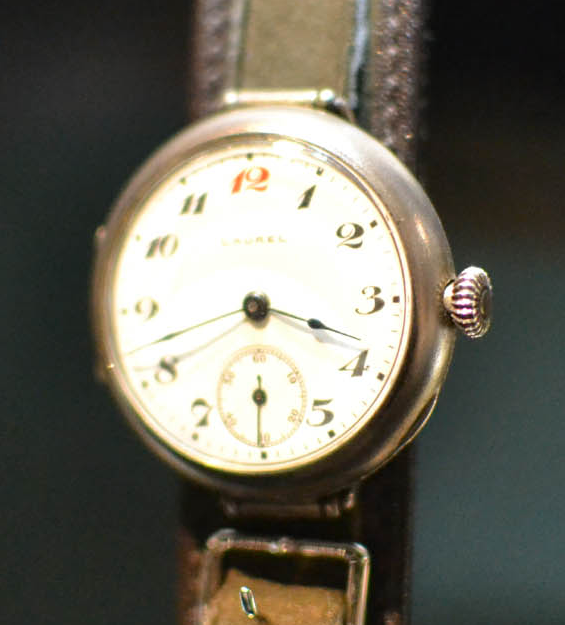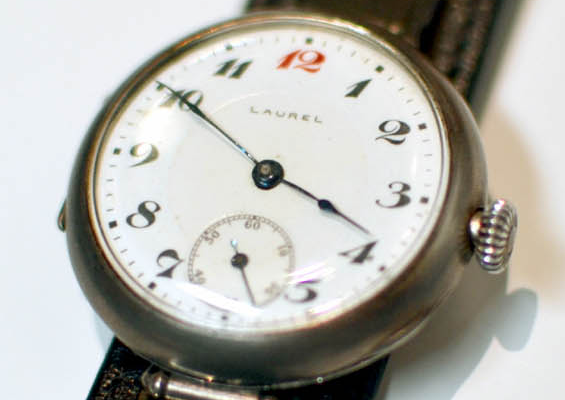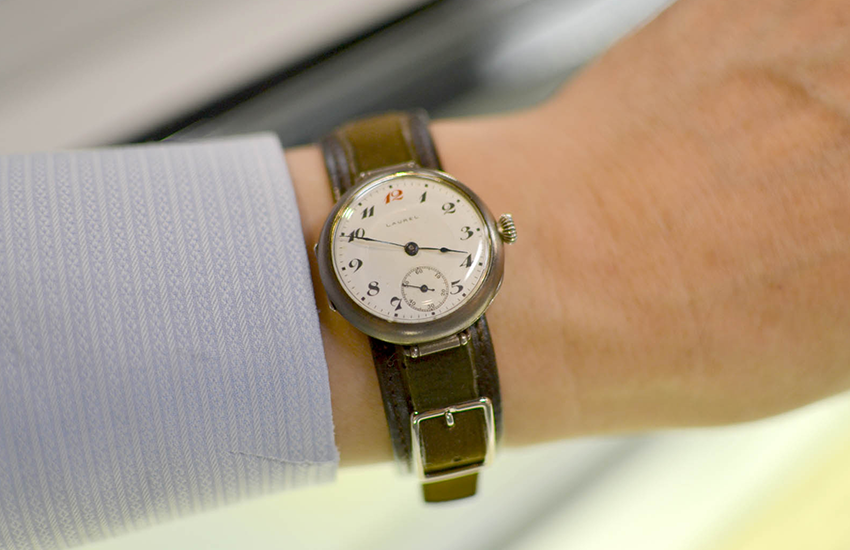The Seiko Museum
2.Celebrating the Centennial of the Laurel, Japan First Wristwatch
The Laurel was Japan's first wristwatch on its launch in 1912, and is just one of Seiko's numerous watchmaking firsts over the past century. You can get up close and personal with a beautiful example of this mechanical treasure at the Seiko museum in Tokyo, as well as watches developed a century later in its honor.

On its debut, the Laurel amply exemplified the ethos of Seiko founder Kintaro Hattori of always remaining one step ahead of the rest. Seiko has justifiably remained proud of the Laurel as one of the company's numerous pioneering achievements in watchmaking.
The vision of creating the Laurel came as Kintaro reflected on his achievements with clocks and pocket watches and wondered how he could overcome increasing competition in these areas in Japan. He was sure that he could capitalize on there being only a handful of wristwatch manufacturers worldwide, and chose to develop and produce wristwatches, which he believed would drive the future of timepieces.
Kintaro was as practical as he was visionary. He knew that he would have to manufacture most of the components almost entirely in-house.
This was not simply because such an approach would reduce Seiko's reliance on expensive imports. In truth, wristwatches presented numerous challenges in terms of miniaturization and precision, and there were few companies anywhere had the capabilities Kintaro sought. Seiko itself, he knew, had to innovate manufacturing tools as well as produce internally.
The Laurel was very well received in Japan upon its launch, not just because of its novelty but also because this timepiece was also very versatile. It was designed for both males and females. The Laurel could also be removed from the watchband to serve as a small pocket watch. This was perhaps a strong consideration as pocket watches were still the norm. Perhaps usage may have also related to switching between kimono and western garb, as you would figure a wristwatch would have looked a little bizarre with Japanese fashion. Perhaps we will never know.
Whatever the case, the Laurel was, and is, a distinctively attractive timepiece that justly remains venerated, with its white ceramic dial and red “12”. Over the years, Seiko commercialized several wristwatches proudly bearing the “Laurel” moniker.

White ceramic dial and red “12”

As part of commemorations of the Laurel's debut in 1912, the company brought out two limited edition Presage watches with enamel dials and with a red roman XII hour marker. One version was the SAR005, an automatic mechanical model with a power reserve. The other was the SARX011, which also features a power reserve marker at 9:00 and a date at 3:00. Both timepieces can be hand-wound.
Also available to commemorate a 100 years of watchmaking in Seiko's tradition of staying a step ahead was the Seiko Astron GPS Solar. The world's first GPS solar watch, this breakthrough model recognizes and delivers completely precise time in all of the world's 39 time zones. These timepieces demonstrated yet again that while Seiko may fondly remember its Laurels it will never, ever rest on them.
In the next installment of this series about the Seiko Museum, we'll sample its stunning collection of Wadokei, Japanese timepieces.